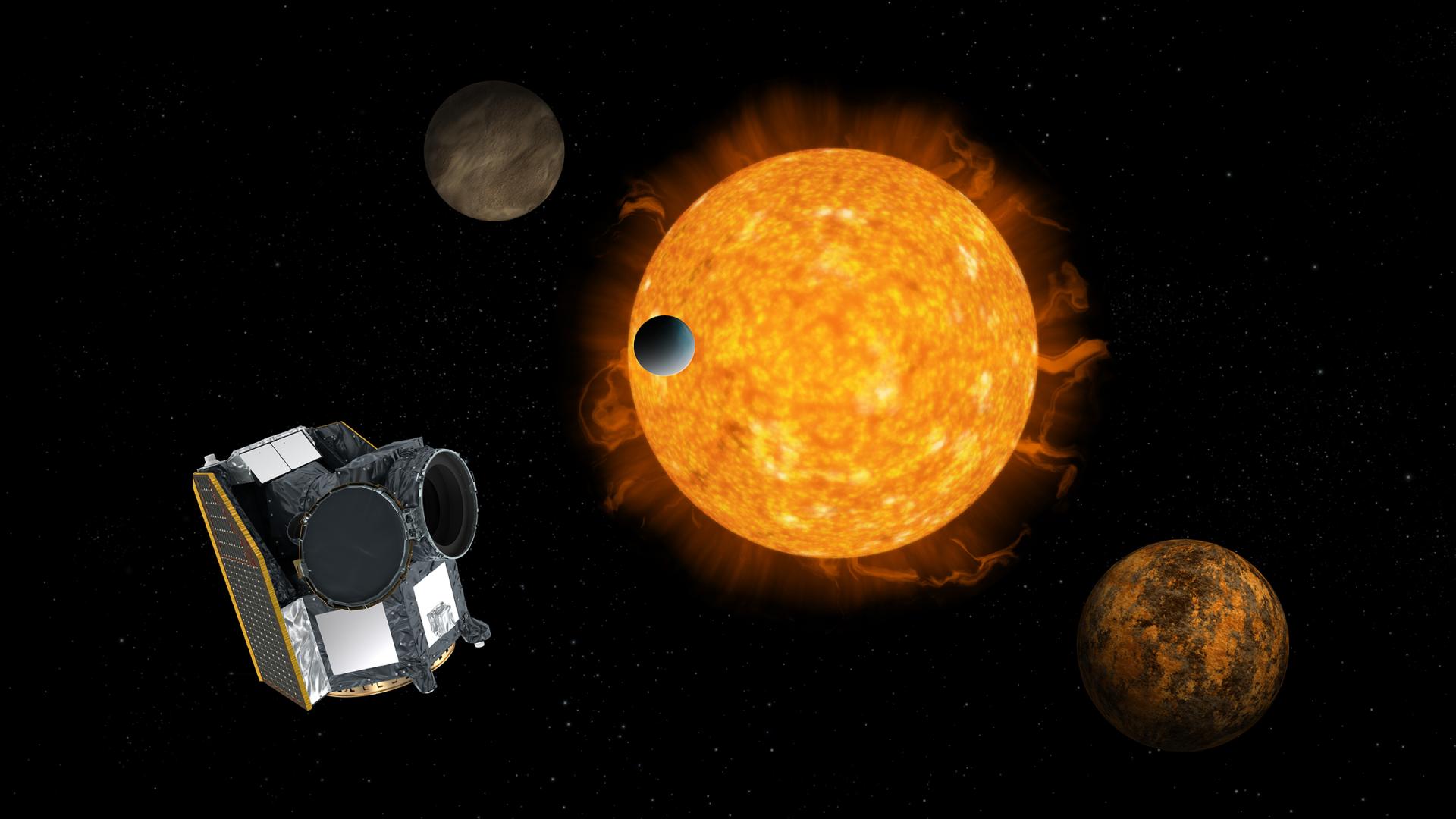A new space telescope will help see if distant exoplanets might be habitable

Update: The initial launch was scrubbed Tuesday morning due to a software error. CHEOPS was finally launched Wednesday morning.
The European Space Agency is about to launch a mission to study known exoplanets in greater detail, giving us a better glimpse of the potential for extraterrestrial worlds to host life.
What is it? CHEOPS (the Characterising Exoplanets Satellite) is a small space telescope designed to investigate exoplanets that are larger than Earth and smaller than Neptune. It will be tasked with measuring the sizes of known exoplanets whose mass estimates have already been determined with ground-based instruments. Armed with the mass and size numbers, scientists should be able to ascertain the densities of these planets.
How does it work? CHEOPS works much like other exoplanet-studying missions. It will study targets as they transit in front of their host stars, monitoring the dimming and brightening of starlight to figure out the planet’s size. The plan is to conduct multiple observations on select target planets, especially ones that are believed to be potentially habitable.
Why does it matter? Knowing a planet’s density can help reveal a few key things about whether it might be habitable. First, it lets us know whether it’s a rocky or gaseous planet—the news is obviously better when it points to a solid surface. Second, if there’s an atmosphere on that planet, the density can be used to tell us what type atmosphere it is and how thick—i.e., whether it has the sort of protective layer necessary to keep the surface warm and cozy for life. Although none of this guarantees that life could survive on the surface, it certainly boosts the odds.
The launch: ESA aims to launch CHEOPS on Tuesday at 9:54 a.m. Central European Time (3:54 a.m. US Eastern time), from the agency’s spaceport at Kourou, French Guiana. The agency will live-stream the launch from its website.
Deep Dive
Space
The search for extraterrestrial life is targeting Jupiter’s icy moon Europa
NASA’s Europa Clipper mission will travel to one of Jupiter's largest moons to look for evidence of conditions that could support life.
How to safely watch and photograph the total solar eclipse
The solar eclipse this Monday, April 8, will be visible to millions. Here’s how to make the most of your experience.
How scientists are using quantum squeezing to push the limits of their sensors
Fuzziness may rule the quantum realm, but it can be manipulated to our advantage.
Stay connected
Get the latest updates from
MIT Technology Review
Discover special offers, top stories, upcoming events, and more.